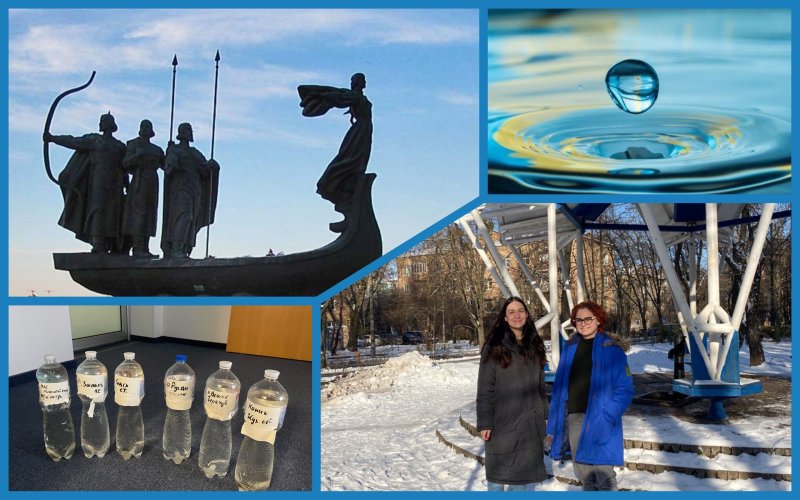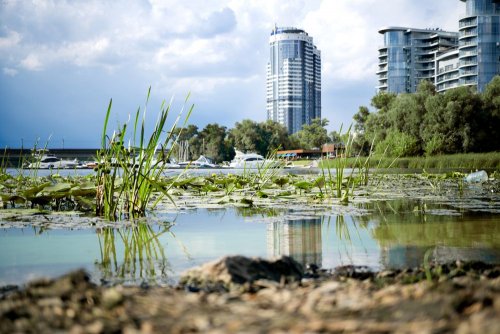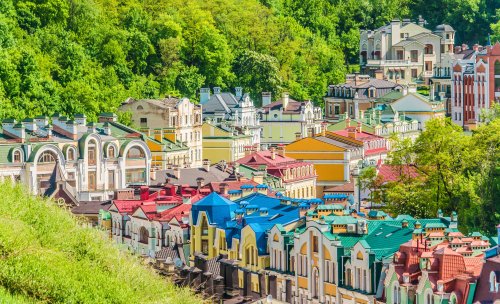The EcoPolitic team found pollution standards exceeded in 5 rivers and lakes out of 8 investigated reservoirs in Kyiv.
Exceedings were found in lakes Zaplavne, Mykolaychyk and Verbne, the Dnipro River and Sovskiy Stavky, as part of a large-scale study of water quality in Kyiv and the region.
**This publication was prepared within the framework of the project "Reducing the risks of natural disasters in conflict-affected areas of Ukraine", which is implemented by ACTED, IMPACT Initiatives and BF "Right to Protection" with the support of Switzerland.
Water analysis was carried out by the Central Testing Laboratory in the city of Vyshgorod. Water quality was determined by the following defined indicators:
- turbidity;
- hydrogen pH indicator;
- general stiffness;
- biochemical oxygen consumption (BSK-5);
- suspended substances;
- total mineralization (TDS);
- ammonium (NH4)
- phosphates (PO4).
Candidate of geographical sciences, specialist in water resources protection Maryana Ginzula, explained that the detected deviations from the norm are quite insignificant.
Sovskiy Stavky
She explained that the harder the liquid and the longer its influence, the more obvious and stronger its negative impact on everything it comes into contact with, in particular on equipment, the state of health of people and animals. Hardness is removed by boiling and settling.
In the realities of the war, some Ukrainians use water from reservoirs as technical water in the long-term absence of water supply, so such water should be defended.
In the Sovskiy Stavky located in the Holosiivsky district, this indicator was 11.6 mg-eq/dm3 (normative values up to 10 mg-eq/dm3).
However in surface sources, stiffness is not a constant value and depends on external factors, in particular, the season, weather, air temperature.
The EcoPolitic team took water samples on December 1-2, at that time Sovski ponds were covered with ice.
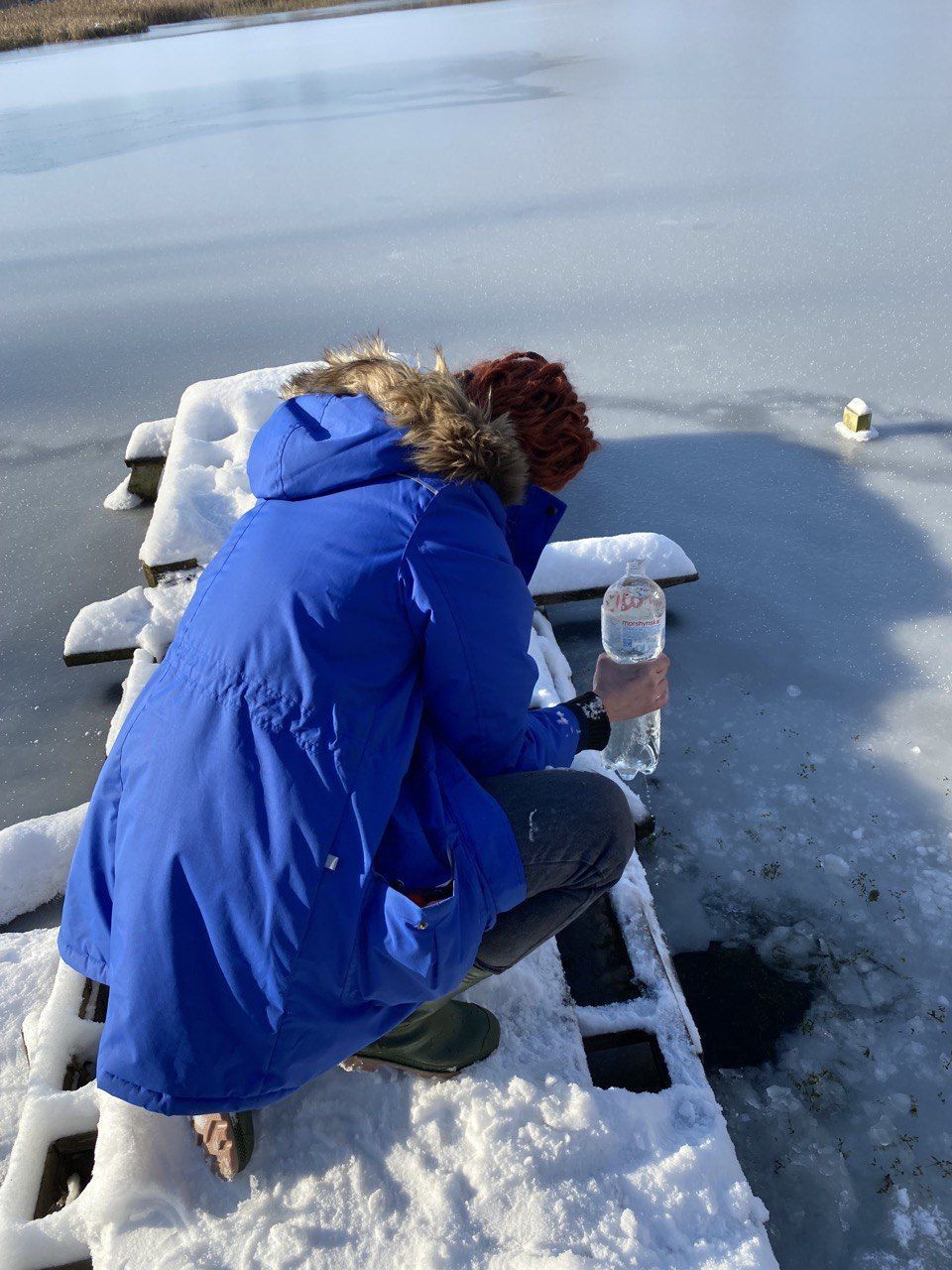
In addition, an excess of the indicator was found in the reservoir BSK-5, which was 3.12 mgO2 /dm3 with a norm of 3 mgO2 /dm3.
Lake Mykolaychyk and the Dnipro River
An excess of the indicator was found in these reservoirs BSK-5.
"The simple BSK-5 directly shows the level of water pollution: more pollution means a greater amount of oxygen is needed for its oxidation," she explained Maryana Ginzula. – BSK is defined as the amount of oxygen spent on biochemical oxidation of organic substances held in a unit volume of water for a certain period of time.
She added that this indicator is an estimate of the general pollution of water by easily oxidizable organic substances. He shows the quality of the pollution process in reservoirs of various types that resist self-cleaning processes (decomposition and removal of pollutants from the circulation of the water environment).
Exceedings detected BSK-5:
- the Dnipro River (in the Obolon district) – 4.16 mgO2 /dm3;
- lake Mykolaichyk (Holosiivsky district) – 4.9 mgO2 /dm3.
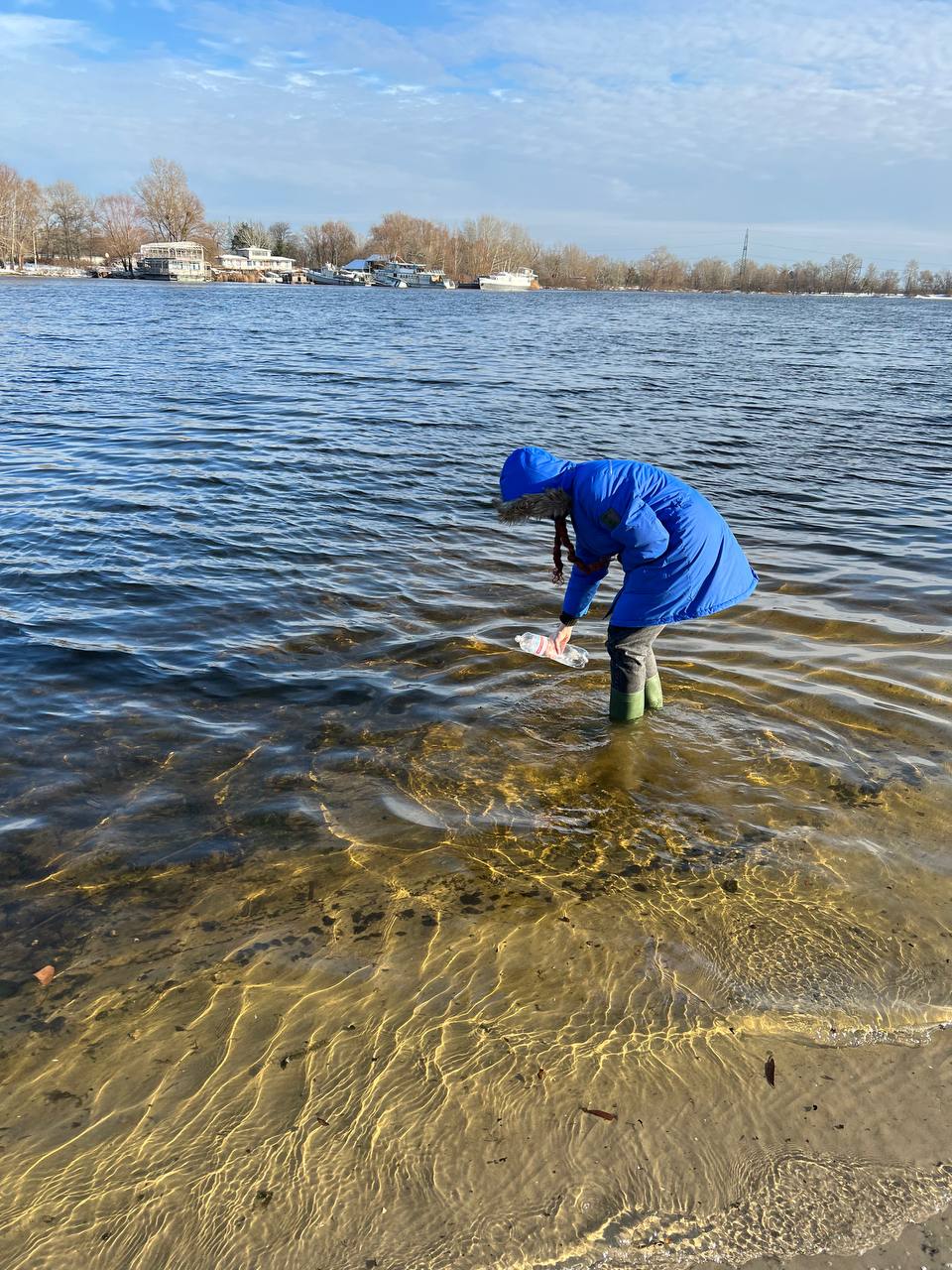
Ginzula emphasized that a sudden increase in the indicator BSK-5 , as a rule, indicates sewage pollution and the need to take measures for sanitary protection of the reservoir.
"The BSK of all reservoirs of Kyiv is not satisfactory, and therefore measures for cleaning and protection of the water body in the required quantity are not provided. It also indicates untreated sewage," she said.
Zaplavne and Verbne lakes
Ginzula explained that an excess of ammonium content indicates the active activity of microorganisms that release nitrogen in the process of processing organic substances.
"AND miac in water is always present in small concentrations as an obligatory component. The increase in concentration is due to the inflow of economic and household wastewater, nitrogen and organic fertilizers into the groundwater," she said.
NH4 excesses detected:
- Lake Zaplavne (Darnytskyi district) – 1.5 mg /dm3 (at a rate of 1.0 mg/dm3);
- Lake Verbne (Obolonsky District) – 1.03 mg /dm3.
Also, during the study of samples for water quality analysis, the editors of EcoPolitics selected from the following reservoirs, where the excess of water quality indicators was not recorded:
- the Konyk River in Holosiivsky District;
- Velike Lake (Chervonokhutir Lakes) in Darnytsia District;
- Lake Rusanivske in the Dnipro district.
EcoPolitic prepares a series of materials and a large-scale study, in which he transparently and openly presents the results of the analyzes of water samples in pumps and surface waters of Kyiv and the region. Readers of the portal will be able to read in detail the results of the analysis of samples in the laboratory and read expert opinions on the state of water in Kyiv and the region.
**This article was created with the support of Switzerland. Responsibility for the content of this publication lies exclusively with the author/author team of EcoPolitics. The opinion of the author(s) does not necessarily reflect the views of the donor.


